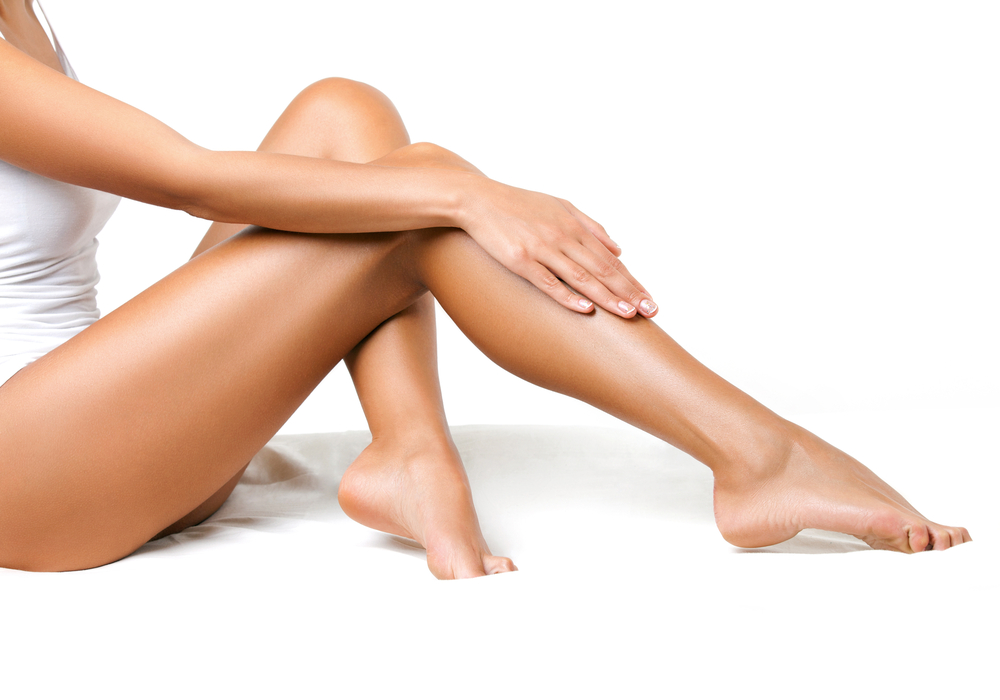The quest for silky smooth, hair-free skin can lead to many methods, and one that’s been gaining popularity is laser hair removal. But as with any beauty treatment, the main question on people’s minds is usually, “Will it work for me?” With the rise of diversity and inclusion within the beauty industry, it’s integral that we address the effectiveness of laser hair removal across various skin types.
Laser hair removal is a medical procedure that uses a concentrated beam of light (laser) to remove unwanted hair. The intense heat of the laser damages the hair follicle, which inhibits future hair growth. But does the Fitzpatrick Skin Type Scale — which measures a person’s skin type based on their response to sun exposure — impact the success of this procedure? We’re about to take a closer look at the relationship between laser hair removal and different skin types.
In essence, our goal is to demystify this process and help individuals understand the nuances of laser hair removal when it comes to the broad spectrum of skin complexities.
Understanding Your Skin Type and Laser Hair Removal
According to the Fitzpatrick Skin Type Scale, which includes six skin types from fair to very dark, the effectiveness and safety of laser hair removal can vary. This classification considers skin and hair color, as well as how skin responds to sun exposure. Lighter-skinned individuals with darker hair typically achieve the best results because of the contrast between the hair and skin color, allowing the laser to easily target the hair follicle. However, technology has advanced, and today, many individuals with darker skin can safely and effectively undergo laser hair removal treatments.
The Fitzpatrick Skin Type Scale categorizes skin types into six distinct categories: Type I, often very fair, burns easily, and does not tan; Type II, fair and burns easily but may tan slightly; Type III, generally fair to beige, burns moderately and can tan gradually to light brown; Type IV, beige or light brown, burns minimally and usually tans well to moderately brown; Type V, brown skin that rarely burns and tans profusely to dark brown; and finally, Type VI, very dark brown to black skin that never burns and tans very darkly easily. This scale is not merely cosmetic, as it reflects biological reactions to ultraviolet radiation, highlighting the inherent risks and necessary precautions for each type, as well as influencing the outcomes and approaches taken in procedures such as laser hair removal.
Laser hair removal can be a viable option for anyone on the Fitzpatrick Scale, but it’s crucial to understand that different machines and techniques are more suitable for specific skin types. This precision is necessary to avoid side effects like burns or discoloration.
Laser Technology for Different Skin Types
Recent advancements in laser technology have paved the way for more inclusive treatments. Newer devices can adjust the strength and wavelength of the laser to accommodate different skin types and hair colors.
Alexandrite Lasers
These lasers are ideal for lighter skin types. They emit a shorter wavelength of light, which is more easily absorbed by the melanin in the hair and less likely to affect the surrounding skin.
Nd:YAG Lasers
This type of laser is safer and more effective for use on darker skin, as it has a longer wavelength that penetrates deeper, bypassing the melanin in the skin to target the hair follicle.
Diode Lasers
Diode lasers have a longer wavelength, like Nd:YAG lasers, making them a safer option for darker skin types.
By consulting with a qualified and experienced laser technician, individuals can safely undergo laser hair removal, regardless of their skin type, by choosing the right technology for their complexion.
Tips for Safe and Effective Laser Hair Removal
When considering laser hair removal, there are several key points to keep in mind for a safe and effective treatment.
Schedule a Patch Test
Before your first treatment, ensure you have a patch test to check how your skin will react to the laser. This will also give you an idea of the pain level, so you can prepare accordingly.
Avoid Sun Exposure
In the weeks leading up to your treatment, and between sessions, protect your skin from the sun. Sun exposure can make the treatment less effective and increase the risk of complications.
Follow Aftercare Instructions
After each session, follow the aftercare instructions provided by your technician. This may include avoiding hot showers, saunas, and rigorous exercise for a set period and applying soothing aloe vera or a gentle moisturizer to the treated area.
Final Thoughts on Laser Hair Removal
Laser hair removal can be a game-changer for those seeking a long-term solution to unwanted hair. With the right technology, suitability can be extended to individuals on all ends of the Fitzpatrick Scale. By understanding the nuances of laser hair removal for different skin types, patients can make informed decisions and have a positive, effective experience.
It’s important to remember that while laser treatments are relatively safe, there is still a risk of side effects. These can range from redness and swelling to more serious issues, especially when not performed by a properly trained professional. Always opt for quality and expertise when it comes to your skin. With patience and a proactive approach, laser hair removal can be a transformational experience, leaving you with the smooth, hair-free skin you’ve always desired.




